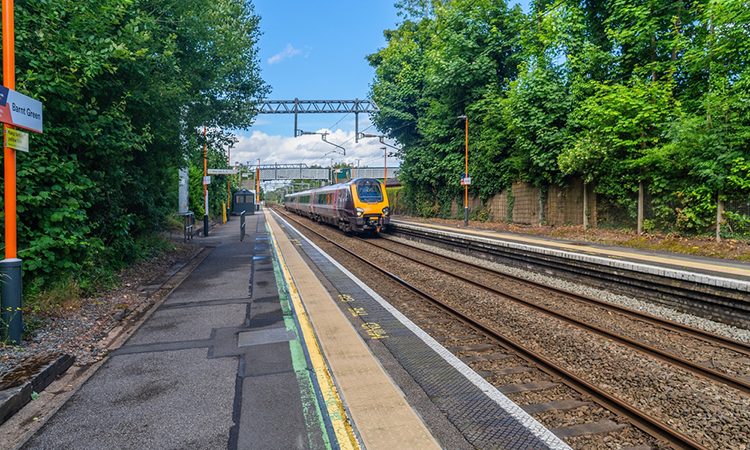UK government launches major rail reform with Shadow Great British Railways initiative
Posted: 4 September 2024 | Global Railway Review | No comments yet
Transport Secretary Louise Haigh has launched Shadow Great British Railways, marking the start of a major overhaul aimed at unifying rail services and infrastructure to improve reliability and prioritise passenger experience.


Transport Secretary Louise Haigh has announced that she has initiated a sweeping reform of the UK’s rail system with the launch of Shadow Great British Railways (Shadow GBR), a move she described as the beginning of “the biggest reforms to our railways in a generation.” The establishment of Shadow GBR marks the first step towards the creation of Great British Railways, a new organisation intended to unify the management of rail services and infrastructure, with a focus on improving the passenger experience.
Shadow GBR will bring together leaders from the Department for Transport, Network Rail and publicly-owned operators. This initiative is part of a broader effort to address long-standing issues within the UK’s rail network, such as delays, cancellations and service disruptions that have frustrated passengers for years.
The announcement coincides with the ongoing passage of the Passenger Railway Services (Public Ownership) Bill through the House of Commons. This legislation is designed to facilitate the transition of rail services into public ownership, a move that the government argues will save taxpayers up to £150 million annually in fees and ensure that resources are directed towards improving service reliability.
Transport Secretary Haigh said: “Establishing Shadow Great British Railways marks a significant step towards delivering a unified railway with passengers at its heart by bringing together track and train, and by progressing the Passenger Railways Services Bill we’re one step closer to public ownership which will help put our railways back on track.”
As part of the reform efforts, the government is also addressing the need for more efficient training of train drivers. A recent consultation on lowering the minimum age for drivers from 20 to 18 is under review, with further announcements expected soon. This is part of a broader strategy to build resilience within the rail sector and improve productivity.
In addition to structural reforms, the government announced plans for a new Rail Sale in early 2025, coinciding with the 200th anniversary of Britain’s passenger railways. The sale, which proved popular in previous iterations, will offer up to 50% off train tickets to encourage more people to use the railways.
Further enhancements to the passenger experience include the expansion of tap-in tap-out technology to 45 more stations in 2025, funded by nearly £27 million from the government. This technology is expected to simplify travel, particularly at stations like London Stansted, where it will improve the transition from train to plane for international travellers.
The success of these reforms, however, may hinge on the resolution of ongoing industrial disputes. The Transport Secretary highlighted the importance of ending the national rail strike, which has been the longest in the history of the UK’s railways. In a recent development, ASLEF, the train drivers’ union, agreed to recommend a new pay proposal to its members, potentially paving the way for a resolution.
As the government moves forward with these ambitious reforms, the focus remains on creating a more reliable and passenger-centric rail network that aims to address the challenges that have plagued Britain’s railways for decades.
Related topics
Infrastructure Developments, Passenger Experience/Satisfaction, Regulation & Legislation








